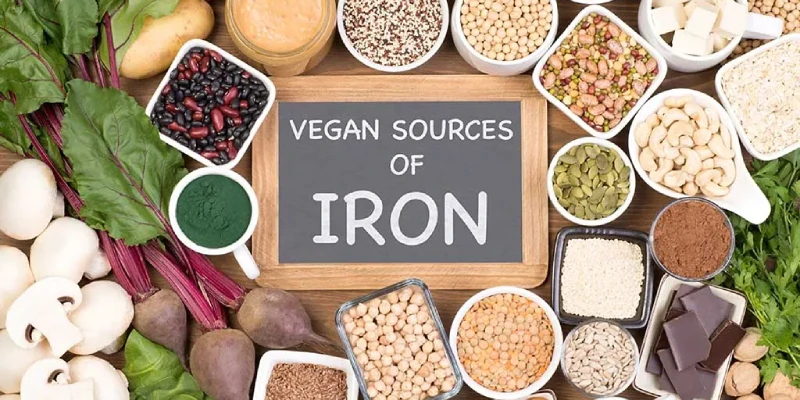Feeling exhausted all the time? Struggling to get through the day without a second (or third) cup of coffee?
Your body might be low on iron.
Many people think you need meat to get enough iron, but that’s far from the truth. Plenty of plant-based foods are packed with iron—and they come with extra health benefits.
In this article, we’ll dive into seven of the best vegan iron sources to keep your energy levels high and your body thriving.
1. Legumes: The Iron & Protein Combo
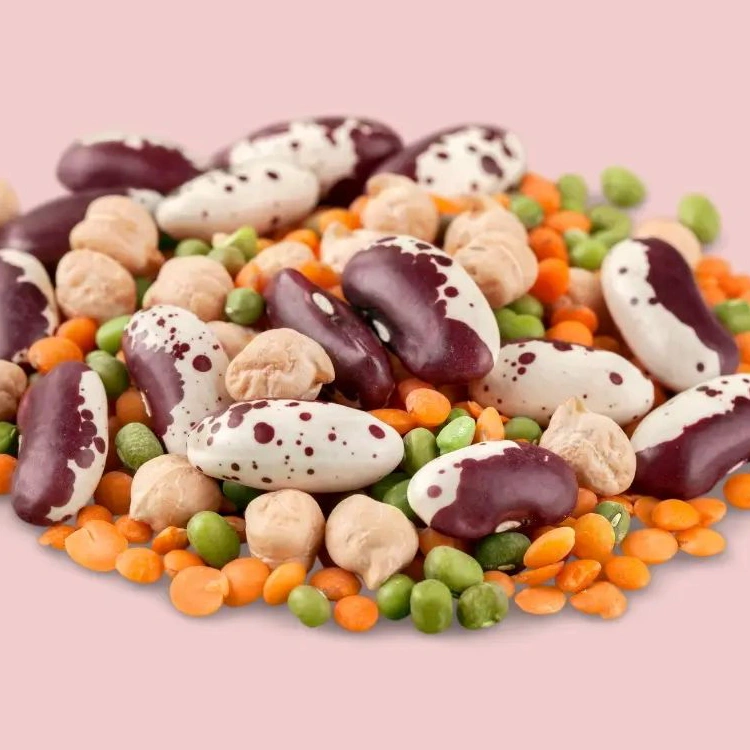
Legumes are a powerhouse when it comes to iron and protein.
If you’re looking for a natural way to boost your energy, beans, lentils, and chickpeas should be at the top of your list.
Lentils are one of the best plant-based iron sources.
Just one cup of cooked lentils (about 200g) contains around 6.6 mg of iron. This covers nearly 37% of the daily iron requirement for adult women and 77% for men.
Plus, they pack a solid dose of protein and fiber, keeping you full and energized.
Chickpeas aren’t far behind. One cup (164g) provides about 4.7 mg of iron, along with a hefty dose of protein and complex carbs.
Roasted chickpeas make a crunchy, iron-rich snack, while hummus is a delicious way to add iron to your meals. I have more chickpea recipes here for you.
Black beans, kidney beans, and soybeans are also excellent sources.
Soybeans, in particular, contain around 8.8 mg of iron per cup (172g), making them one of the richest plant-based options.
Maximize Iron Absorption
The iron in legumes is non-heme iron, which isn’t absorbed as easily as iron from meat.
But don’t worry—pairing them with vitamin C-rich foods like bell peppers, tomatoes, or citrus fruits can increase absorption up to six times.
2. Leafy Greens: Nature’s Iron Giants

Leafy greens are some of the key plant-based sources of iron, packed with nutrients that keep you energized and thriving.
Spinach takes the crown, providing 6.4 mg of iron per cup (180g) when cooked.
But it’s not just spinach. Kale, Collard greens, Swiss chard, and Beet greens are also rich in iron.
A cup of cooked Swiss chard delivers about 4 mg of iron, while collard greens provide around 2.2 mg.
These greens also come with a bonus: they’re naturally high in vitamin C, which helps your body absorb more iron.
Boosting Absorption
Raw greens contain oxalates that can block iron absorption.
Cooking them—whether steaming, sautéing, or boiling—reduces oxalates, making the iron more bioavailable.
3. Seeds & Nuts: Small But Mighty
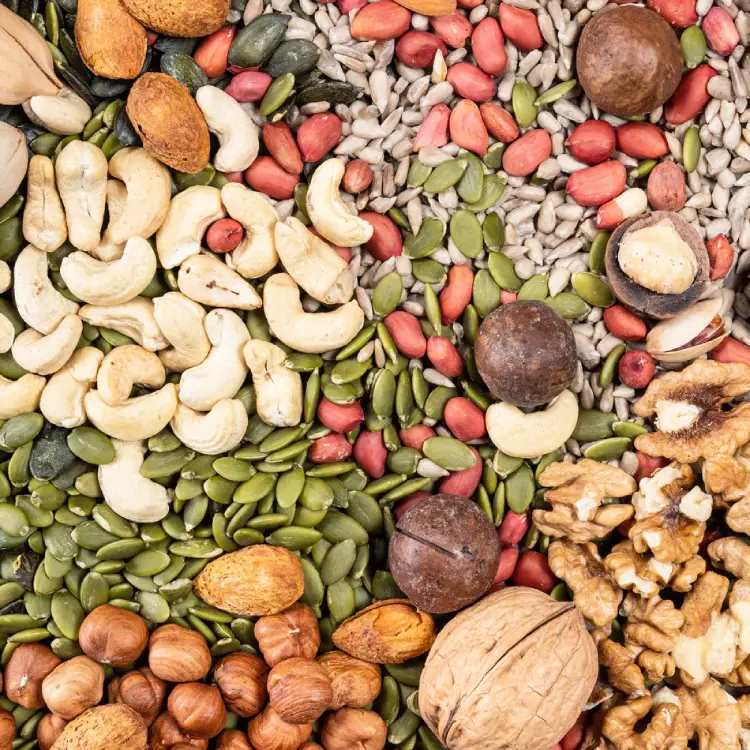
Don’t underestimate the power of seeds and nuts—these tiny foods are packed with iron and essential nutrients.
Pumpkin seeds lead the way, providing 8.8 mg of iron per 100g, nearly half the daily requirement for women and a full day’s worth for men.
Sesame seeds are another powerhouse, delivering 14.6 mg of iron per 100g. A spoonful of tahini, a sesame seed paste, can add a quick iron boost to dressings and dips.
Other iron-rich options include hemp seeds (8 mg per 100g), chia seeds (7.7 mg per 100g), and almonds (4.6 mg per 100g).
To get the most out of these superfoods, sprinkle seeds on oatmeal, blend them into smoothies, or snack on a handful of nuts.
Just remember—moderation is key, as they’re calorie-dense!
4. Whole Grains: Iron-Packed Carbs

Whole grains are a great source of iron, fiber, and sustained energy.
Quinoa leads the pack, providing 2.8 mg of iron per cooked cup (185g), plus all nine essential amino acids.
Oats are another great option, offering 4 mg of iron per 100g. A bowl of oatmeal topped with seeds and dried fruit makes for an iron-rich breakfast.
Fortified cereals can be even better. Some brands contain up to 12 mg of iron per 100g, covering most or all of your daily needs.
To absorb more iron, pair whole grains with vitamin C-rich foods like berries or citrus. Avoid tea or coffee with meals, as tannins can block iron absorption.
Simple swaps like using quinoa instead of rice or whole wheat bread over white can help keep your iron levels up!
5. Dried Fruits: Sweet & Iron-Rich
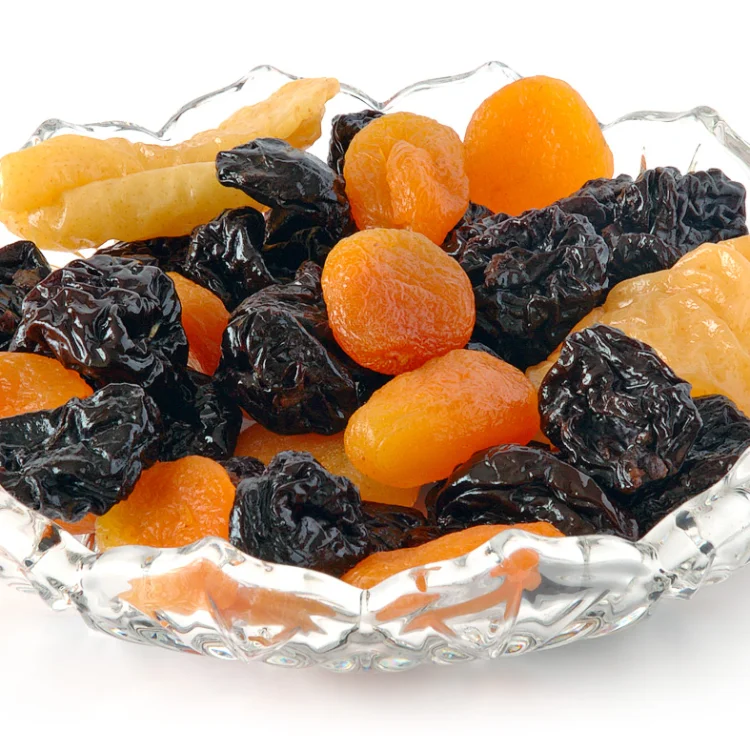
Dried fruits are a tasty way to boost your iron intake while satisfying your sweet tooth.
Dried apricots lead the pack with 3.9 mg of iron per 100g, making them a great snack or oatmeal topping.
Raisins (1.9 mg per 100g) and prunes (1 mg per 100g) also provide a decent iron boost. Plus, they contain vitamin C, which helps with absorption.
Enjoy dried fruits in moderation, as they are high in natural sugars.
Add them to trail mixes, salads, or yogurt for a quick, iron-rich energy boost throughout the day!
6. Dark Chocolate & Cocoa: The Tasty Iron Source

Who knew indulging in chocolate could boost your iron levels?
Cocoa powder packs 10–12 mg of iron per 100g, making it a great addition to smoothies, oatmeal, and baking.
Dark chocolate (70%+ cocoa) is another delicious option, providing 8–12 mg of iron per 100g. A few squares can help satisfy cravings while delivering a nutrient punch.
For the best absorption, pair chocolate with vitamin C-rich fruits like strawberries or oranges.
Enjoy in moderation, as chocolate contains sugar and fats, but it’s proof that iron-rich foods can be both nutritious and delicious!
7. Tofu & Tempeh: Iron & Protein Powerhouses
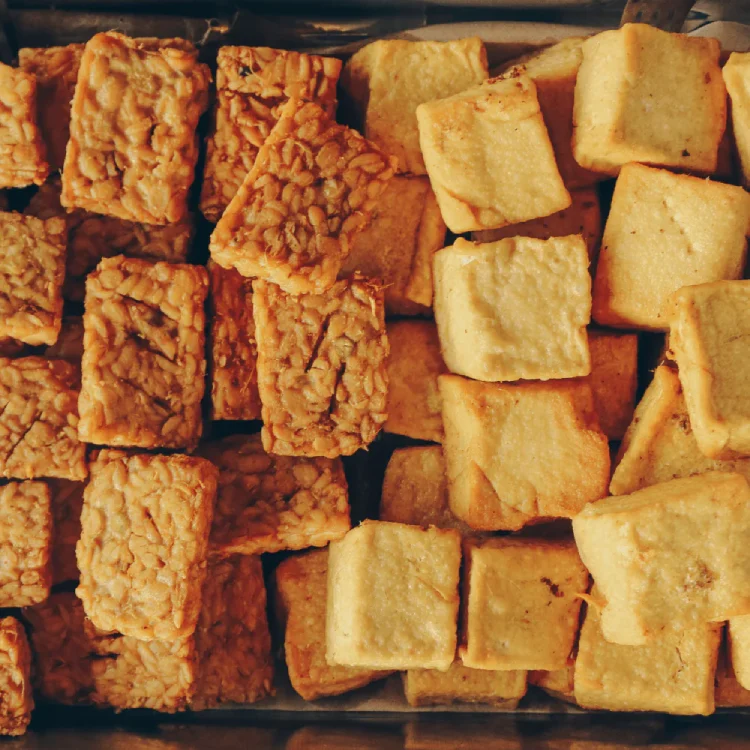
Tofu and tempeh are packed with iron and protein, making them vegan staples.
Tofu provides 5.4 mg of iron per 100g, while tempeh offers 2.7 mg.
They’re incredibly versatile—grill, stir-fry, or add them to curries and salads.
Pair with vitamin C-rich veggies to boost iron absorption and maximize benefits!
Iron Absorption Tips: Make the Most of Your Plant-Based Iron
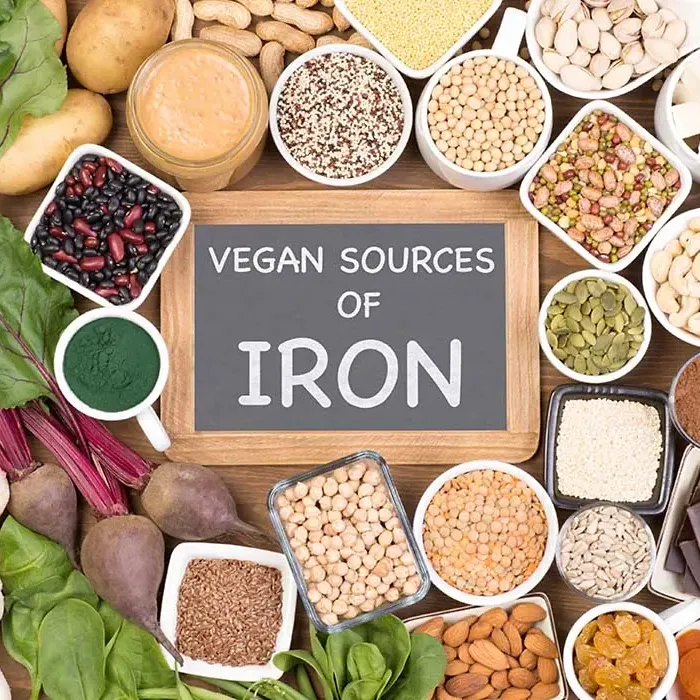
Getting enough iron is important, but absorbing it efficiently is key.
Pairing iron-rich foods with vitamin C can significantly enhance absorption.
Try adding lemon juice to lentil dishes, bell peppers to salads, or strawberries to oatmeal for a better iron boost.
Cooking with cast iron cookware can also increase the iron content of your meals. Acidic foods like tomato sauce absorb more iron when cooked in cast iron pots.
Be mindful of iron blockers like calcium, tannins (found in tea and coffee), and phytates (in whole grains and legumes).
These can hinder absorption, so consume them separately from iron-rich meals.
Soaking, sprouting, or fermenting legumes, grains, and seeds reduces their phytate content, making iron more bioavailable.
For example, soaking beans overnight before cooking helps your body absorb more iron.
Lysine-rich foods like quinoa, lentils, and tofu can also improve iron absorption.
If you battle with low iron levels, consider an iron supplement, but consult a healthcare provider first to avoid taking too much.
By combining the right foods and strategies, you can maximize iron absorption and maintain steady energy levels on a plant-based diet!
Should You Take Iron Supplements?
A well-planned vegan diet can provide enough iron, but some people may still need supplements.
If you experience fatigue, pale skin, brittle nails, or frequent dizziness, you might be low on iron.
A blood test can confirm if you need supplements.
Certain groups are more likely to have deficiencies, including:
- Pregnant women (higher iron needs for baby’s development)
- Endurance athletes (increased iron loss through sweat)
- People with heavy menstrual periods (greater iron depletion)
When choosing a supplement, look for vegan-friendly iron bisglycinate, which is easier on the stomach than ferrous sulfate.
Always pair iron supplements with vitamin C to boost absorption and take them on an empty stomach for best results.
Avoid taking iron with calcium-rich foods, coffee, or tea, as they can block absorption.
Stick to your doctor’s recommended dosage—too much iron can cause nausea, constipation, or even organ damage.
If you eat a proportional diet with plenty of iron-rich foods and follow absorption tips, you may not need supplements.
But if you’re struggling with low energy or iron deficiency, talk to a healthcare professional to see if supplementation is right for you.
The Bottom Line
Getting enough iron on a vegan diet is totally doable with the right food choices.
Load up on legumes, leafy greens, seeds, whole grains, and even dark chocolate. Pair with vitamin C for better absorption.
Stay mindful of deficiency signs, and if needed, consult a doctor. With smart eating, you’ll keep your energy levels high and thrive!

